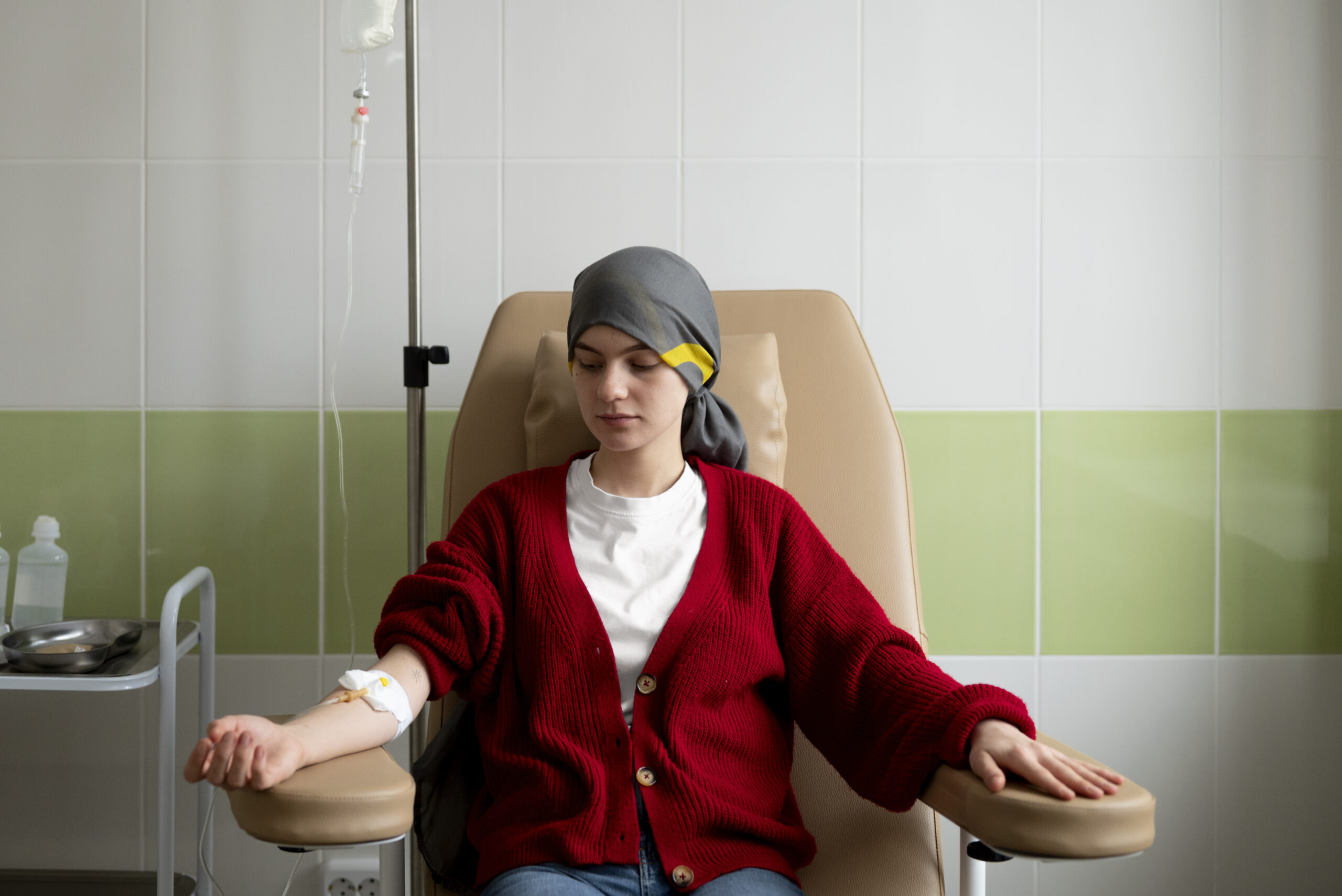A hemorrhagic stroke is a medical emergency. It happens when a blood vessel in the brain bursts, causing bleeding inside or around the brain. This kind of stroke can cause serious brain damage or even death if not treated quickly. That’s why understanding hemorrhagic stroke treatment is so important—it can save lives and improve recovery outcomes.
Let’s look at what causes hemorrhagic strokes, how they are diagnosed, the available treatments, and where you can find expert care in Kerala.
What Is a Hemorrhagic Stroke?
A hemorrhagic stroke occurs when a weakened blood vessel ruptures and bleeds into the brain. This bleeding increases pressure inside the skull, damaging brain cells and tissues.
There are two main types:
- Intracerebral hemorrhage: Bleeding directly into the brain tissue
- Subarachnoid hemorrhage: Bleeding in the space around the brain, often caused by a burst aneurysm
Both types are life-threatening and require urgent medical attention.
Common Causes of Hemorrhagic Stroke
Some common reasons why a blood vessel might rupture include:
- High blood pressure (most common cause)
- Brain aneurysms
- Arteriovenous malformations (AVMs)
- Head trauma
- Blood-thinning medications
- Bleeding disorders
- Tumors or vascular abnormalities
If you have any of these conditions, it’s essential to manage them properly to reduce the risk of stroke.
Recognizing the Symptoms of a Hemorrhagic Stroke
Quick recognition is key to saving a life. Symptoms can come on suddenly and include:
- Sudden severe headache
- Nausea or vomiting
- Loss of consciousness
- Numbness or weakness (especially on one side)
- Confusion or difficulty speaking
- Seizures
- Vision changes
- Loss of coordination
If you or someone around you shows any of these signs, call emergency services immediately. Every minute counts.
How Hemorrhagic Stroke is Diagnosed
Doctors use several tools to quickly diagnose a hemorrhagic stroke:
- CT Scan or MRI: Shows the location and size of the bleeding
- Angiography: Helps detect blood vessel problems like aneurysms or AVMs
- Blood Tests: Check clotting ability and any contributing factors
- Neurological exams: Assess the level of consciousness and brain function
These tests help guide the best course of hemorrhagic stroke treatment.
Hemorrhagic Stroke Treatment Options
Treating a hemorrhagic stroke is complex and depends on the cause, size of the bleed, and the patient’s overall health. Here’s how it’s typically managed:
1. Emergency Care and Stabilization
- Controlling blood pressure to prevent further bleeding
- Reversing the effects of blood thinners if applicable
- Managing breathing and fluid balance
- Preventing complications like seizures or brain swelling
2. Surgical Intervention
In many cases, surgery is needed to stop the bleeding or relieve pressure on the brain:
- Craniotomy: A section of the skull is removed to access the brain and stop the bleeding
- Aneurysm Clipping or Coiling: For strokes caused by aneurysms
- Stereotactic surgery: A minimally invasive option for certain types of hemorrhage
The goal is to save as much brain tissue as possible.
3. Intensive Monitoring in Neuro ICU
Patients are closely watched for complications such as:
- Brain swelling
- Rebleeding
- Infections
- Hydrocephalus (fluid buildup in the brain)
Specialized neurocritical care improves survival and recovery.
4. Rehabilitation and Recovery
After initial treatment, recovery can be a long journey, depending on the damage. Rehabilitation may include:
- Physical therapy: To regain strength and mobility
- Speech therapy: For language and swallowing issues
- Occupational therapy: To relearn daily activities
- Psychological support: To cope with emotional and mental challenges
With timely hemorrhagic stroke treatment and rehab, many patients can recover functional independence.
Why Lifeline Hospital, Kerala is a Trusted Choice
If you or a loved one is facing a stroke, expert care is critical. The Department of Neurosurgery at Lifeline Hospital in Kerala offers advanced care and state-of-the-art treatment options for brain hemorrhages.
Their team includes experienced neurosurgeons, neurologists, and ICU specialists trained in handling complex stroke cases. They provide:
- 24/7 emergency stroke care
- Advanced imaging and diagnostics
- Surgical and non-surgical stroke treatments
- Neuro ICU with continuous monitoring
- Post-stroke rehabilitation programs
Choosing the right hospital can make all the difference in survival and quality of life.
Preventing a Hemorrhagic Stroke: Simple but Vital Steps
Prevention is always better than treatment. Here’s how to lower your risk:
- Control high blood pressure
- Avoid smoking and excessive alcohol
- Exercise regularly
- Eat a low-sodium, balanced diet
- Manage stress effectively
- Get regular health check-ups
- Take medications as prescribed
If you’ve had a stroke before, work closely with your doctor to prevent another one.
Conclusion: Acting Fast Can Save Lives
A hemorrhagic stroke is one of the most serious medical emergencies anyone can face. But with fast action, accurate diagnosis, and the right hemorrhagic stroke treatment, many lives can be saved and even restored to normal.
If you or someone you know is at risk, don’t ignore the warning signs. Get help immediately and trust in expert care like that offered at Lifeline Hospital’s Neurosurgery Department in Kerala.
Time lost is brain lost—but with the right help, hope is never far away.
FAQs
1. Is hemorrhagic stroke treatable?
Yes. With immediate medical care and the right treatment, many patients recover well, especially if treatment is started quickly.
2. How long is the recovery from hemorrhagic stroke?
Recovery varies depending on the stroke’s severity. It can take weeks to months and often involves physical and speech therapy.
3. Can surgery always fix a brain hemorrhage?
Not always. Some cases are managed medically. Surgery is needed if there’s significant bleeding or brain pressure.
4. What are the chances of survival?
Survival depends on how quickly treatment begins and the severity of the bleed. Early care at a specialized center greatly improves chances.
5. Can someone have more than one hemorrhagic stroke?
Yes, especially if risk factors like high blood pressure or aneurysms are not managed. Preventive care is crucial.


